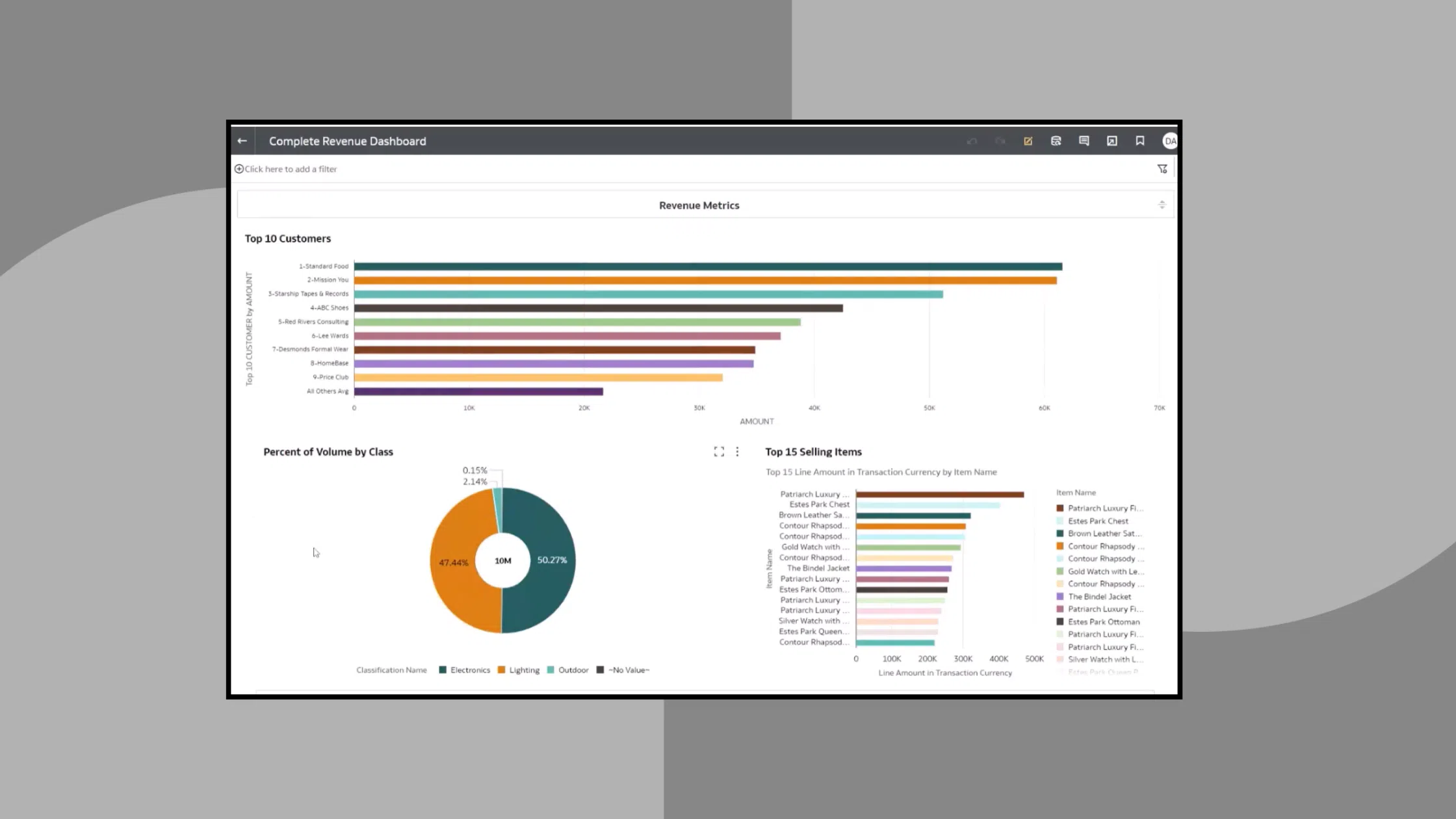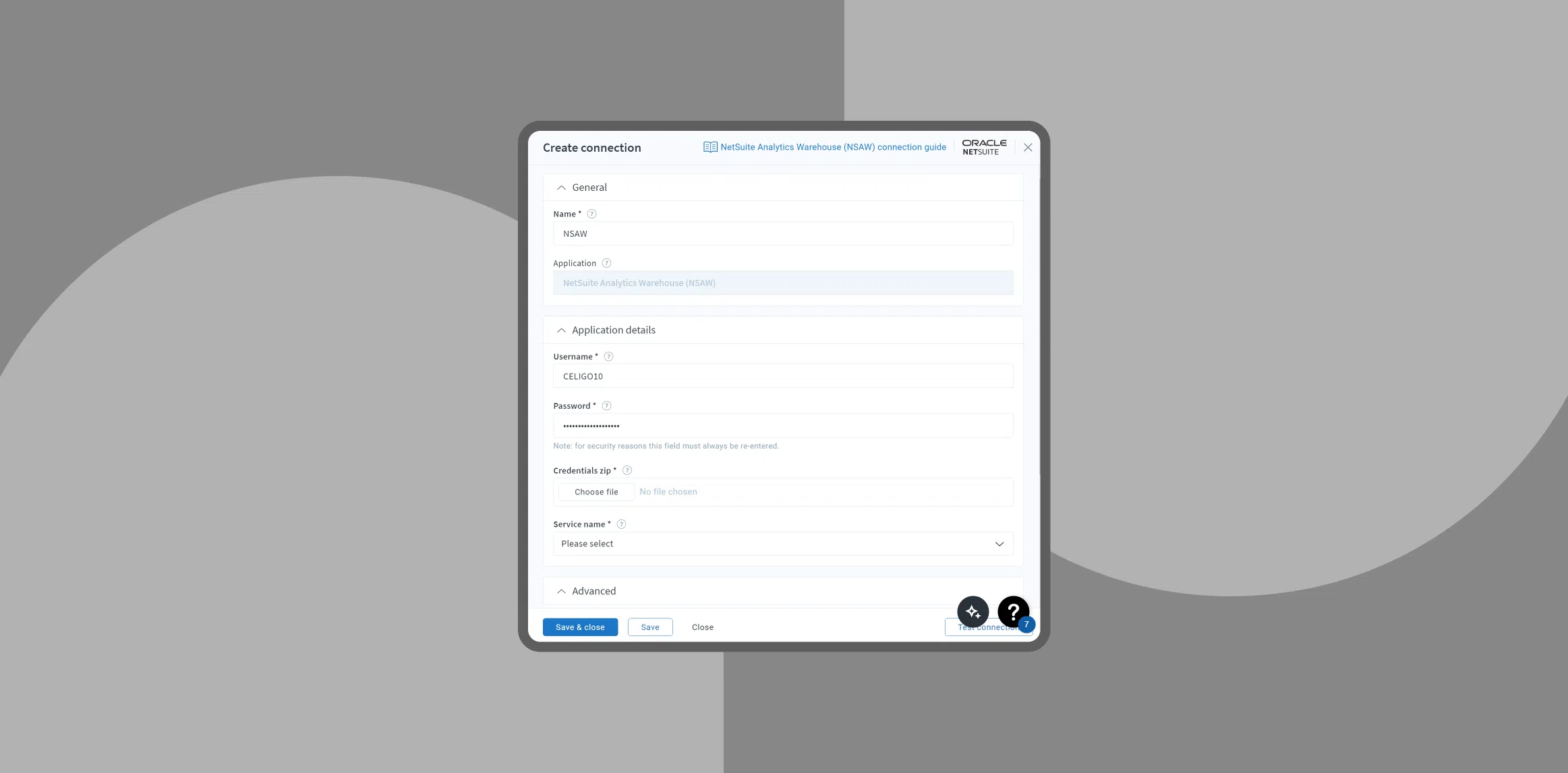Published Aug 6, 2024
From data silos to success: Transform your business with data integration

- Complex tech stacks make it difficult to get a real-time, holistic view of your data.
- Common issues include an overreliance on IT, data silos, and limited agility.
- Solve these problems with a modern data stack and integrated systems.
Modern tech stacks are brimming with SaaS applications, 130 on average, and each of these systems stores crucial data. Yet, accessing this data can be a difficult and slow process–resulting in silos, stale data, and inaccuracies.
Harnessing the full power of your data starts with a modern data stack. This includes a data warehouse, data ingestion, transformation, reverse ETL (extract, transform, load), as well as reporting and visualization.
However, if you stop there, you will find that the systems meant to solve your data issues can actually exacerbate them. To gain the full value of your data, you need to integrate your data and technology stack.
Let’s explore how you can solve your data challenges with integration.
Common data warehouse and analytics challenges
Overcome challenges, empower innovation, and dismantle data barriers beyond IT.
The first step to solving your data issues is understanding where you’re facing the biggest inefficiencies. Here are a few common areas where businesses struggle:
1. Overreliance on IT
Traditionally, IT teams have been responsible for managing data ingestion, ETL, and integration. However, this leads to bottlenecks and pulls your IT team away from other strategic projects.
To rectify this situation, teams often adopt multiple tools to solve data integration, which causes further delays and stale data. This typically causes business users to turn to spreadsheets to track and manipulate their data.
In order to solve this issue, you must empower your business teams to manage data handling themselves. By doing so, you can drive innovation across teams and refocus your IT team on digital transformation.
2. Inaccessible silos
Ensuring the accuracy, completeness, and consistency of data is crucial. Flaws in data quality can lead to incorrect conclusions and poor decision-making, which can have negative impacts on business outcomes. One of the biggest causes of incomplete and inaccurate data is data silos.
Data siloed across various platforms, each with its own format and structure, poses a risk of inconsistencies, bottlenecks, and ineffective data analysis. Break down these silos by integrating your tech stack. This allows you to access the real-time, holistic data required for informed decision-making across your enterprise.
3. Limited agility
For most businesses, data pipelines are inaccessible to business leaders. This makes them dependent on IT teams to get the data they need to make data-driven decisions, and this can be an uphill battle as requirements change. Business leaders are stuck waiting on IT to fulfill their requests, and they aren’t able to act quickly–hindering your organization’s ability to adapt to market shifts.
To gain the agility required to effectively compete, you must empower business leaders and data analysts to tailor data pipelines themselves. By doing so, they can alter data to meet specific requirements. This eliminates IT as the go-between and allows leaders to get the data needed to act quickly.
Your application and data integration solution: iPaaS
Now that you’ve identified where your team is facing challenges, let’s dive into how you can solve them with integration and automation. To do this, you will need to leverage an application and data integration solution, such as an iPaaS (Integration Platform as a Service). Celigo’s iPaaS offers a comprehensive platform built to meet all your data and application integration requirements.
Celigo allows you to bridge the gap between business operations and IT with the right data and insights across business systems. This helps business leaders and users, data analysts, and data engineers make the most of your data.
Once you’ve connected your source applications with a cloud data warehouse using an iPaaS, you can harness the full value of your data and foster a data-driven culture. Here’s how:
- Connect all your systems on one platform. Enable both application and data integration on one platform, and equip your teams with the data they need to derive insights from any cloud data warehouse.
- Leverage insights across applications. Use reverse ETL to bring new insights back into your operational applications, where business teams can immediately leverage them.
- Build integrations and data ingestion flows at scale. Add over 400+ data sources to ingest data from any application into your data warehouse for holistic analytics and data-driven decision making.
Ready to dive deeper into data integration and learn best practices from the experts? Check out our ebook, “The modern data stack.”
And to ask your burning data warehouse and analytics questions live, join our monthly webinar series, “The next frontier: A modern data stack,” the second Wednesday of every month.




